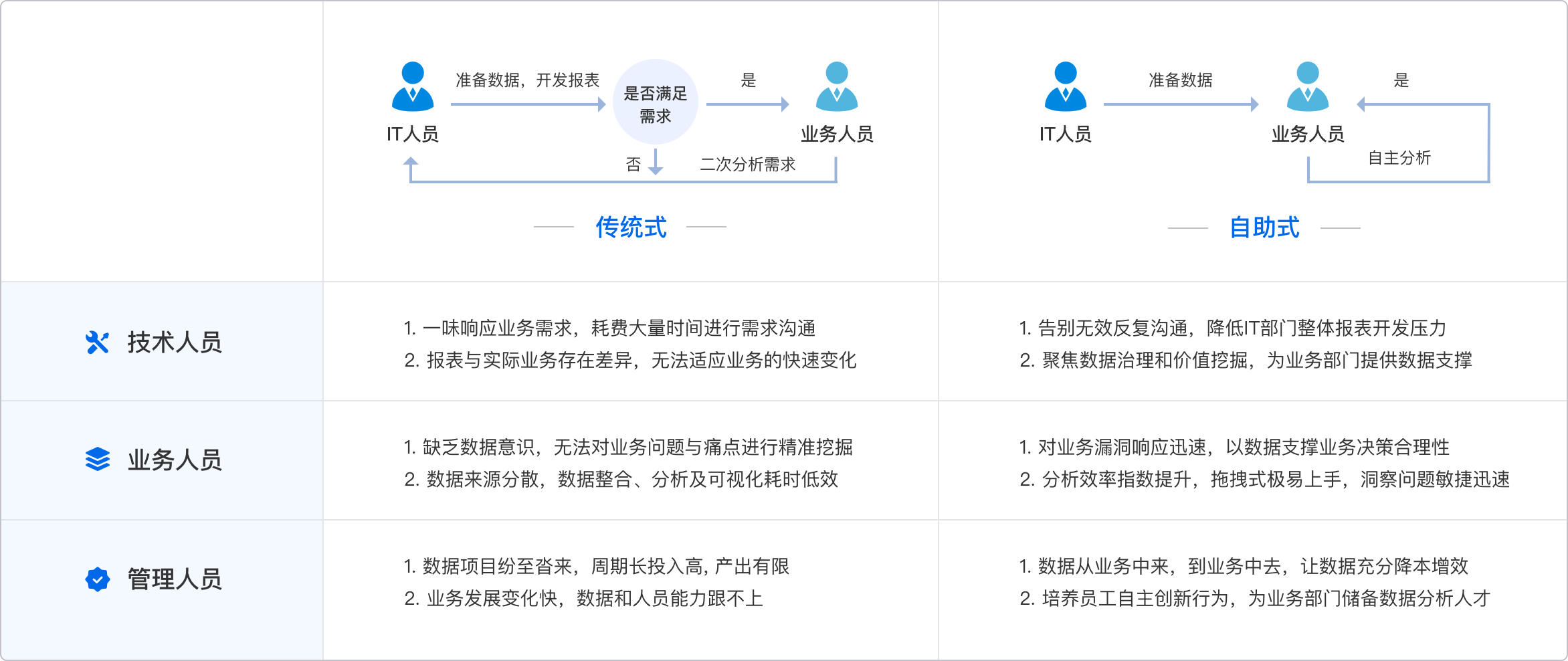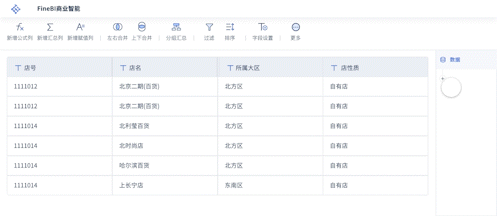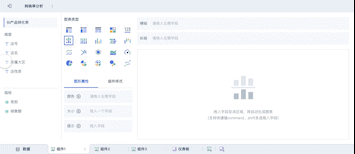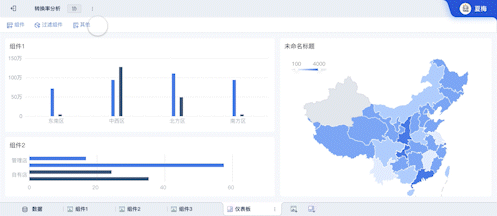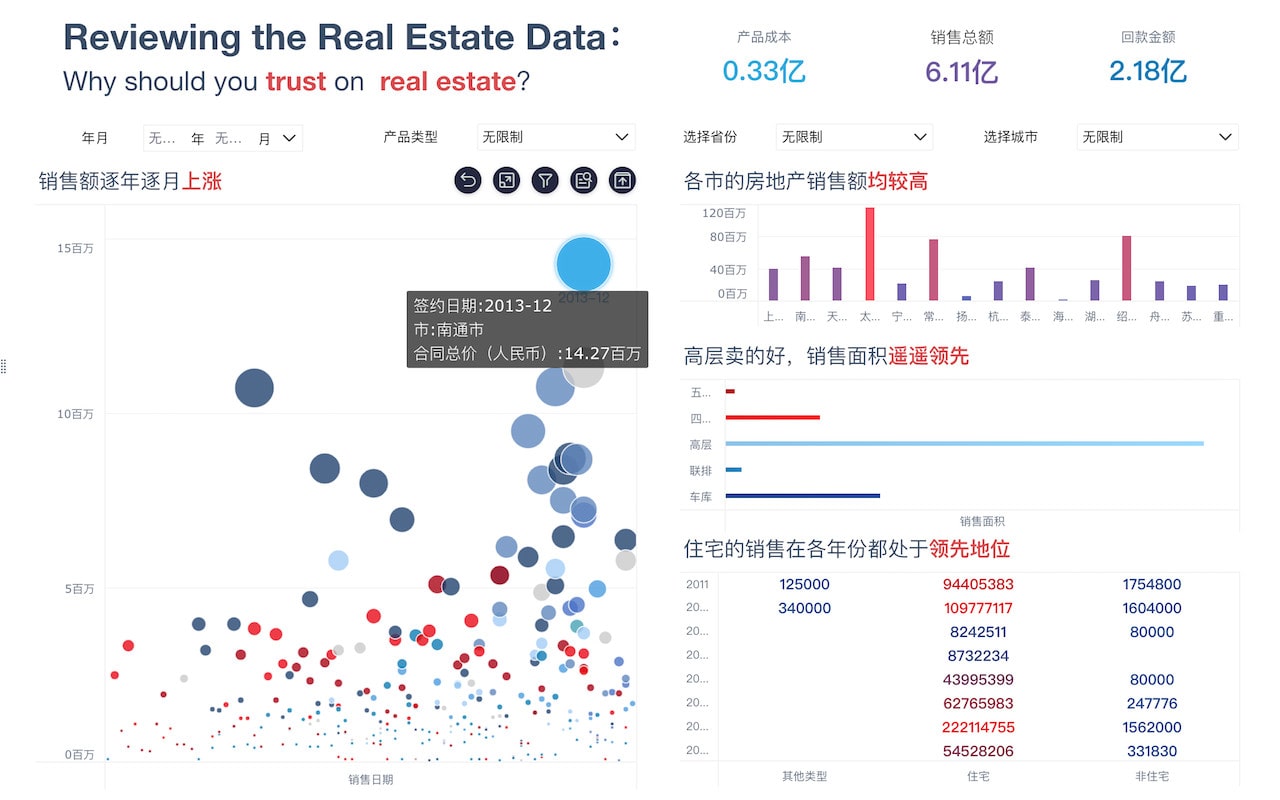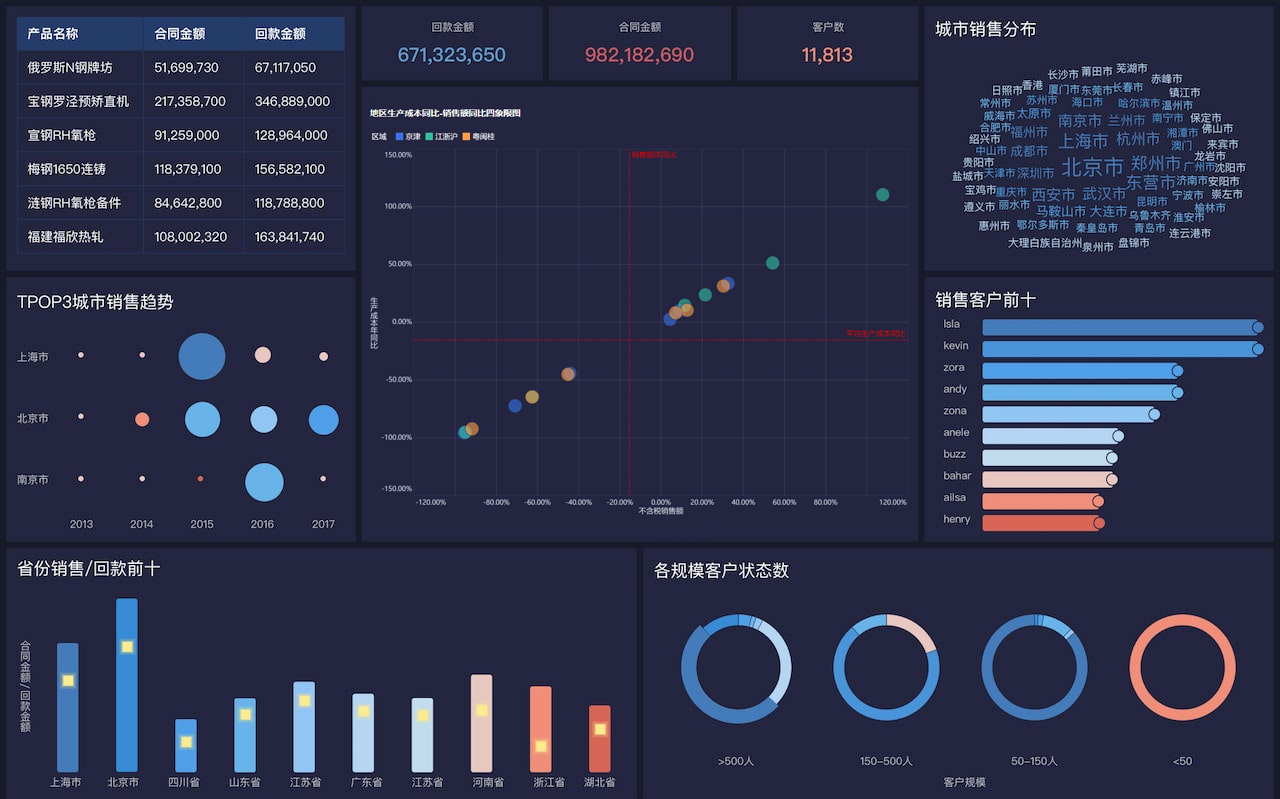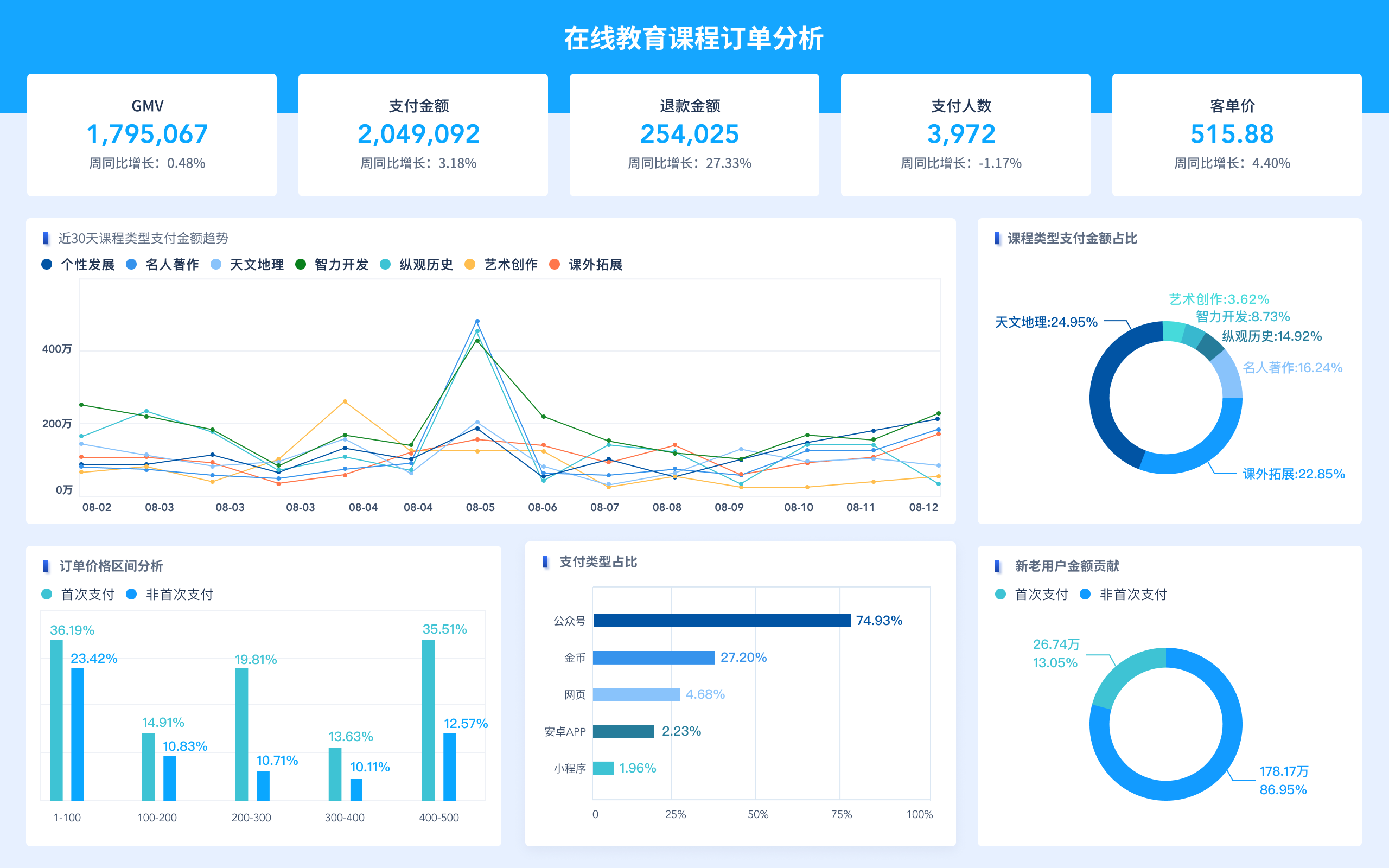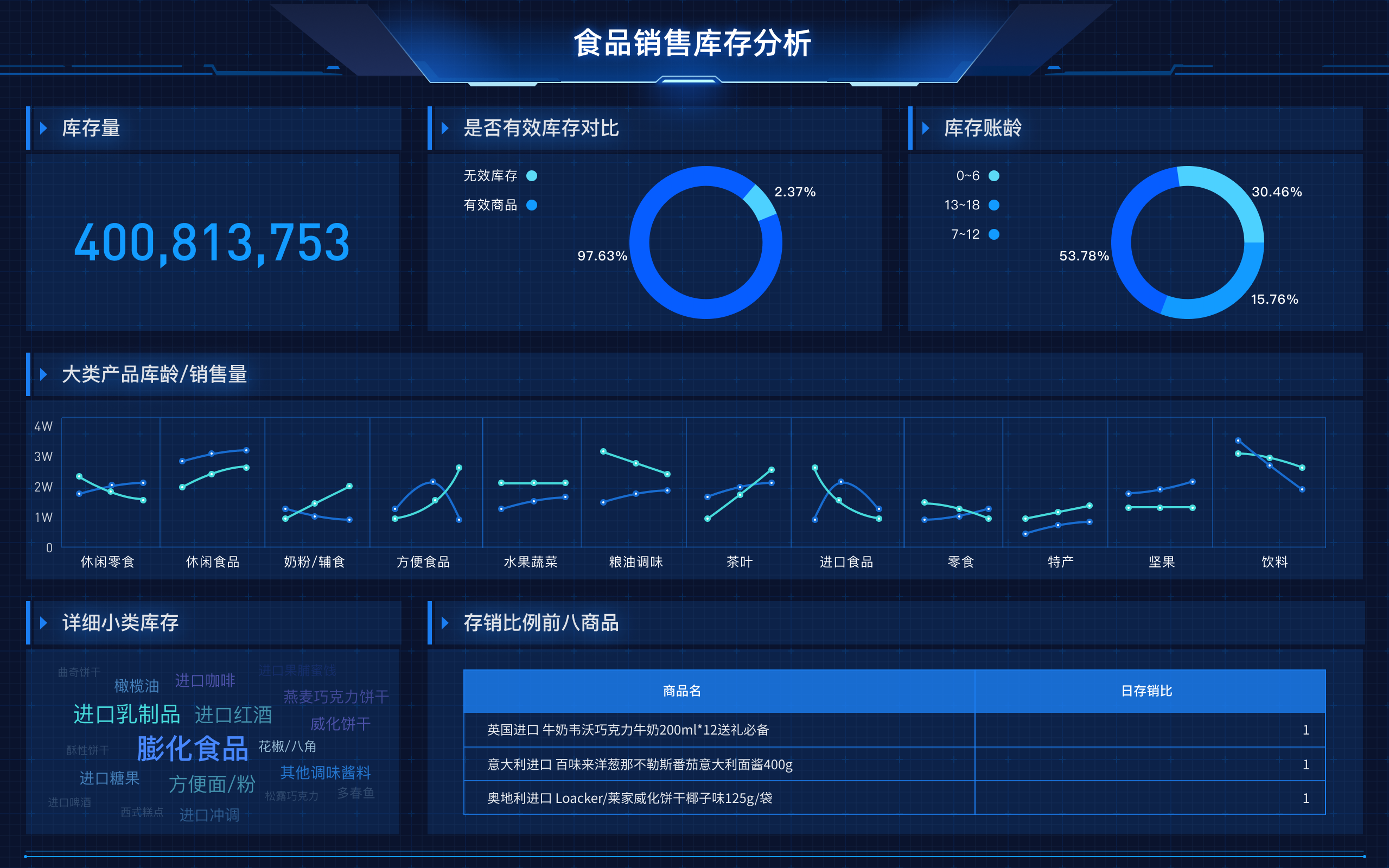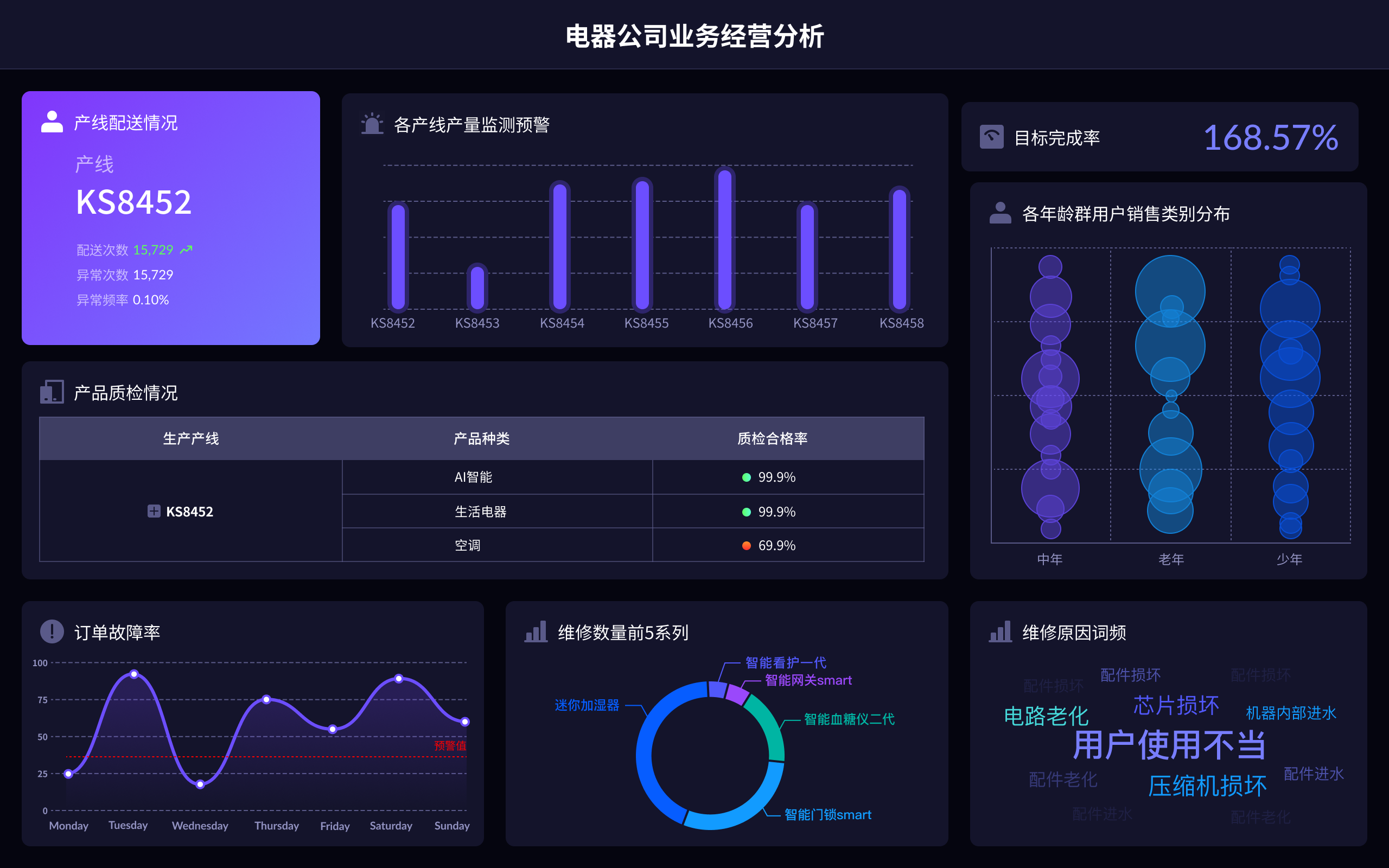
"多接口数据集成" in English is translated as "multi-interface data integration."
Multi-interface data integration involves the process of combining data from various sources or systems through multiple interfaces to provide a unified view. This approach allows for the aggregation, transformation, and analysis of data from disparate systems, enhancing the ability to derive insights and make informed decisions.
I、MULTI-INTERFACE DATA INTEGRATION EXPLAINED
Multi-interface data integration is a critical process in modern data management and analytics. It involves using multiple interfaces or APIs (Application Programming Interfaces) to connect different data sources. These sources can include databases, cloud services, on-premise applications, and more. The goal is to create a seamless flow of data across these systems to provide a cohesive dataset for analysis and reporting. This method ensures that data is consistent, accurate, and accessible across the organization.
II、BENEFITS OF MULTI-INTERFACE DATA INTEGRATION
Multi-interface data integration offers numerous benefits, such as:
- Enhanced Data Consistency: By integrating data from multiple interfaces, organizations can ensure that the data is consistent across all platforms.
- Improved Data Quality: Integration processes often include data cleansing and validation steps, which improve the overall quality of the data.
- Real-time Data Access: Many integration tools provide real-time data synchronization, allowing for up-to-date information access.
- Scalability: Multi-interface integration can easily scale with the growing data needs of an organization.
- Efficiency: Automating data integration reduces manual data handling, leading to more efficient operations.
III、KEY COMPONENTS OF MULTI-INTERFACE DATA INTEGRATION
Several key components are involved in multi-interface data integration:
- Data Sources: These include databases, cloud services, APIs, and other data repositories.
- Integration Middleware: Software that facilitates the communication and data transfer between different systems.
- Transformation Tools: These tools are used to convert data into the required formats for integration.
- Data Validation and Cleansing: Ensuring data quality by detecting and correcting errors.
- Monitoring and Management: Tools to monitor the integration process and manage data flows.
IV、CHALLENGES IN MULTI-INTERFACE DATA INTEGRATION
Despite its benefits, multi-interface data integration comes with challenges:
- Complexity: Managing multiple interfaces and ensuring they work together seamlessly can be complex.
- Data Security: Integrating data from various sources increases the risk of data breaches and requires robust security measures.
- Performance: Ensuring that the integration process does not impact the performance of the source systems can be challenging.
- Cost: The tools and resources required for multi-interface data integration can be expensive.
V、BEST PRACTICES FOR MULTI-INTERFACE DATA INTEGRATION
To overcome these challenges, organizations should follow best practices:
- Choose the Right Tools: Select integration tools that meet the specific needs of your organization.
- Ensure Data Security: Implement strong security measures to protect data during the integration process.
- Monitor Performance: Regularly monitor the performance of the integration process to identify and address any issues.
- Plan for Scalability: Ensure that the integration solution can scale with the organization's growing data needs.
- Involve Stakeholders: Engage stakeholders from different departments to ensure that the integration meets their data requirements.
VI、TOOLS FOR MULTI-INTERFACE DATA INTEGRATION
Various tools are available for multi-interface data integration, including:
- ETL Tools: Extract, Transform, Load (ETL) tools like Talend, Informatica, and Microsoft SSIS.
- iPaaS Solutions: Integration Platform as a Service (iPaaS) solutions like MuleSoft, Dell Boomi, and Zapier.
- Custom APIs: Developing custom APIs to handle specific integration needs.
FineDatalink, a product under Fanruan, is one such tool that facilitates multi-interface data integration. It offers robust features for data extraction, transformation, and loading, ensuring seamless integration across various platforms. For more information, you can visit the FineDatalink official website.
VII、CASE STUDIES OF SUCCESSFUL MULTI-INTERFACE DATA INTEGRATION
Several organizations have successfully implemented multi-interface data integration:
- Retail Companies: By integrating point-of-sale, inventory, and customer data, retail companies can gain comprehensive insights into their operations and customer behavior.
- Healthcare Providers: Integrating patient records, lab results, and billing information enables healthcare providers to offer better patient care and streamline administrative processes.
- Financial Institutions: By integrating data from various financial systems, institutions can enhance their risk management, regulatory compliance, and customer service.
VIII、FUTURE TRENDS IN MULTI-INTERFACE DATA INTEGRATION
The future of multi-interface data integration looks promising with trends such as:
- AI and Machine Learning: Leveraging AI and machine learning to automate data integration and improve data quality.
- Real-time Integration: Increasing demand for real-time data integration to support immediate decision-making.
- Hybrid Integration: Combining on-premise and cloud-based integration solutions to meet diverse organizational needs.
- Data Fabric: Implementing data fabric architectures to provide a unified data management framework across the organization.
In conclusion, multi-interface data integration is a vital process for modern organizations to manage their data effectively. By following best practices and leveraging advanced tools, organizations can overcome the challenges and reap the benefits of integrated data.
相关问答FAQs:
FAQ 1: What is the English term for 多接口数据集成?
The term for 多接口数据集成 in English is "multi-interface data integration." This refers to the process of combining data from various interfaces or sources into a unified system. In practice, this might involve integrating information from different software applications, hardware devices, or data repositories to create a cohesive dataset that can be used for analysis, reporting, or operational purposes.
FAQ 2: How does multi-interface data integration work in a business environment?
In a business environment, multi-interface data integration involves connecting various data sources and systems to ensure seamless data flow and accessibility. This might include integrating data from CRM systems, ERP software, databases, and other applications. By using integration tools or platforms, businesses can consolidate data, reduce duplication, improve accuracy, and enhance decision-making processes. The integration can be achieved through APIs, middleware, or direct data exchange protocols, depending on the specific requirements and infrastructure of the organization.
FAQ 3: What are the benefits of using multi-interface data integration?
Employing multi-interface data integration offers several advantages. It enhances data consistency by ensuring that information from various sources is harmonized and standardized. This leads to more accurate and reliable data for analysis and reporting. Additionally, it improves operational efficiency by automating data transfers and reducing manual data entry. Integration also supports better decision-making by providing a comprehensive view of the data landscape, enabling organizations to identify trends, make informed choices, and respond more swiftly to market changes.
本文内容通过AI工具匹配关键字智能整合而成,仅供参考,帆软不对内容的真实、准确或完整作任何形式的承诺。具体产品功能请以帆软官方帮助文档为准,或联系您的对接销售进行咨询。如有其他问题,您可以通过联系blog@fanruan.com进行反馈,帆软收到您的反馈后将及时答复和处理。


